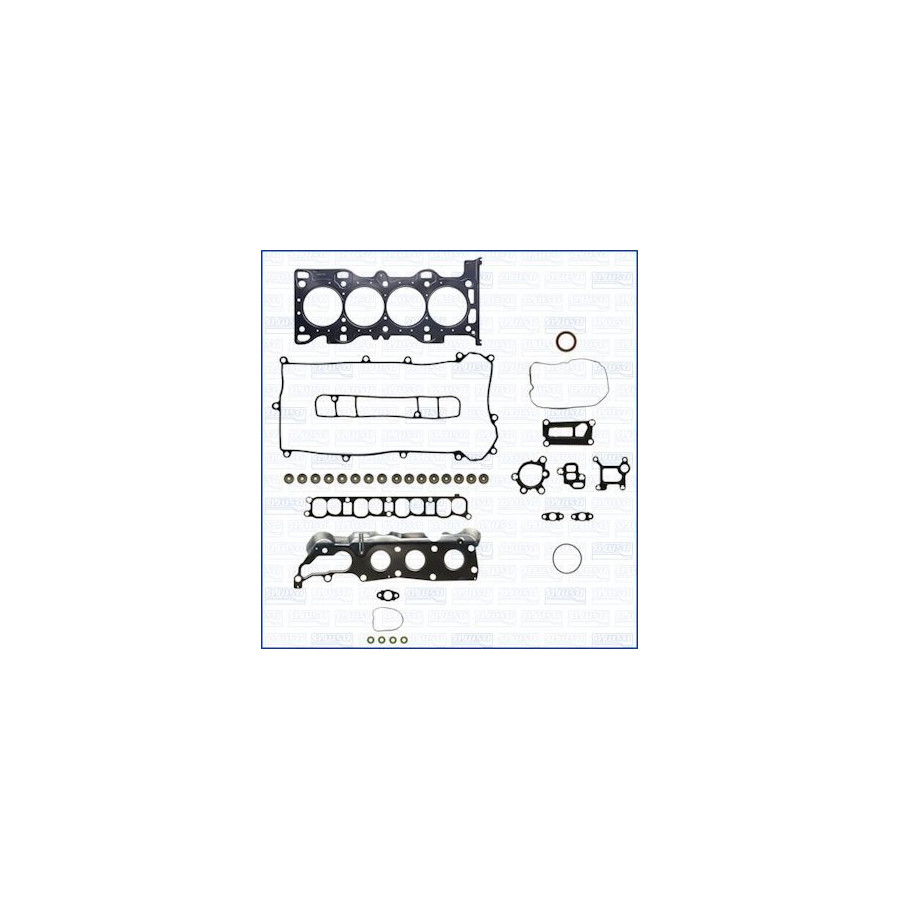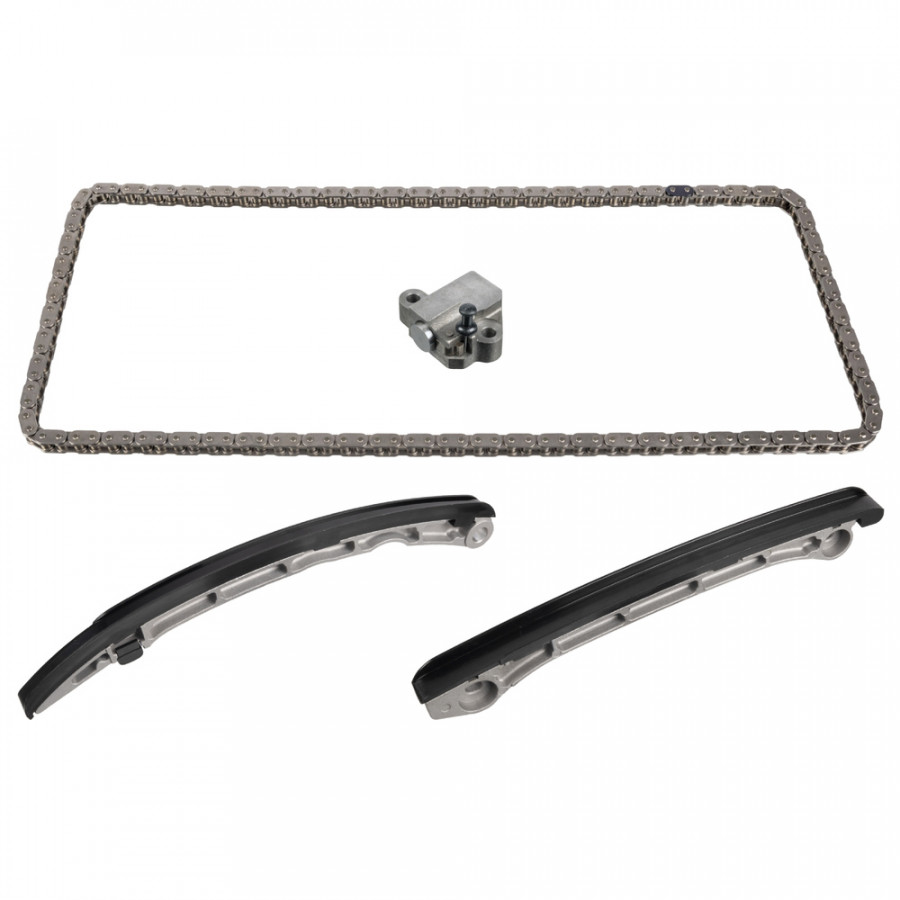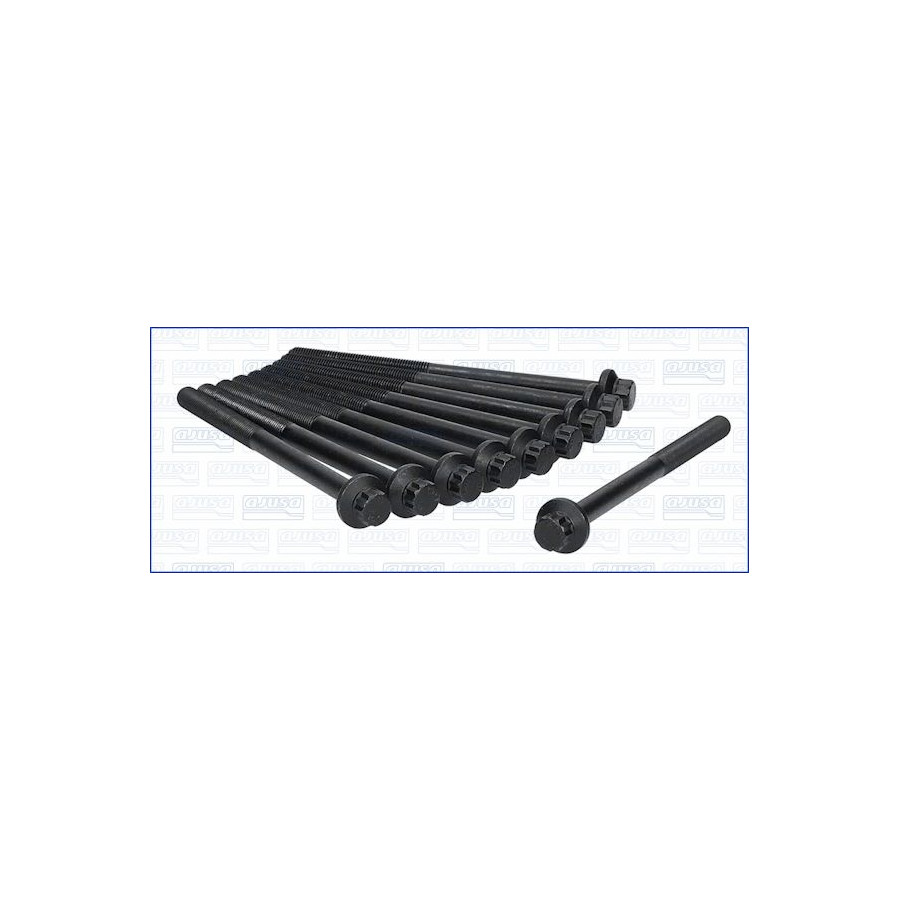Good day to all of you,
First time poster from The Netherlands, but been lurking this forum for a while.
I'm having some weird cooling issues with my 2006 Mazda 6 MPS/Mazdaspeed6:
Out of the blue the dash gauge showed overheating but without any of the additional symptoms like steam, pinging, etc. The only thing was that the cap of the coolant reservoir was off.
This was on a 5-10min drive, from cold start.
Stopped the car to make initial observations:
Checked telemetries with BT dongle and Torque OBDII app a few times, and every time the temp reading showed max 117 degrees centigrade (242.6 F), but no steam, no CEL, and engine seemed cold enough to touch (temp was measured at cruising speed, both on highway and "city" speeds). Never went higher.
Some other things I found during this "diagnostic"
Brought car to my mechanic, and so far the following has been done:
So summarised:
Engine "overheats" (dash gauge, OBDII app), no heat from HVAC, but engine does not seem to be "too hot to touch" (for reference, I always do a ghetto "spit test" first: if it sizzles, engine is too hot to touch. It used to sizzle after a proper drive. With the "overheating" it doesn't do that).
It seems that there is no circulation. Water pump, coolant and thermostat have been replaced by OEM equivalents.
Some things we are considering:
As it is, I'm completely stumped what else it could be. Some of the possibilities point to 1 end of the problem (overheating or no heat in car), but do not explain the other.
I've read some things about a plastic t-connector that can fail, but I only seem to find posts referring to the USDM V6 version of this car. Is this even a thing on the 2.3L Turbo?
I don't abuse the motor, I let it warm up properly for longer drives before I push it, and on short drives I don't push at all.
I let it idle for a few minutes before I get out, and make sure not to push it for the last few miles I drive it for that trip to help it cool down.
It seems that this forum isn't as active as it used to be (looking at the timestamps), but perhaps someone knows something somewhere.
I have also searched this forum high and low, and some posts seem to have the same issues, but no solution was posted.
So if anything, I will post mine here if we find it, for others to read.
But for now I could really use some suggestions.
Kind regards,
Sander, The Netherlands
EDIT: After driving around with this issue for nearly 2 years, it turned out to be a cracked block. Full explanation, see here.
First time poster from The Netherlands, but been lurking this forum for a while.
I'm having some weird cooling issues with my 2006 Mazda 6 MPS/Mazdaspeed6:
Out of the blue the dash gauge showed overheating but without any of the additional symptoms like steam, pinging, etc. The only thing was that the cap of the coolant reservoir was off.
This was on a 5-10min drive, from cold start.
Stopped the car to make initial observations:
- No heat from HVAC
- Rad fans were on
- Upper rad hose was warm, but not too hot to touch
- Lower rad hose was cold to the touch
- Rad itself seemed cold (though couldn't really feel due to fan cowl and spinning fan)
- Valve cover was warm, but not too hot to touch
- Coolant reservoir seemed low
Checked telemetries with BT dongle and Torque OBDII app a few times, and every time the temp reading showed max 117 degrees centigrade (242.6 F), but no steam, no CEL, and engine seemed cold enough to touch (temp was measured at cruising speed, both on highway and "city" speeds). Never went higher.
Some other things I found during this "diagnostic"
- There was some heat coming from HVAC when engine is heating up, and for a short part of the drive, but not 29 degrees C (86 F) as set on HVAC controls.
- Then, suddenly temp drops, and coolant temp rises (a few degrees every few seconds).
- Some minor bubbling in coolant reservoir, and a little "smoke", but nothing major
- No smoke from exhaust
- No gunk under rad cap, or oil filler cap.
- Misfire on cyl. #3 on two occasions, rough start which would normalise within 30s, but issue has gone since.
Brought car to my mechanic, and so far the following has been done:
- Thermostat replaced (first thing that came to mind), temp rating 90 degrees centigrade (± 195 F?), did not fix issue. Temps (normal, ± 90-100 degrees C / 194-212 F) and heat inside car (hot) were fine for a few miles, but then issue came back. Drop in temp HVAC and coolant temp shot up (still using Torque app).
- Waterpump replaced (according to mechanic the impeller seemed to be very far from the backing plate, as if it was slowly creeping off the shaft). I could see a little wear on the ends of the impeller blades, but to me it looked fine otherwise. Had it replaced, just to be sure. Replacement pump looked the same (OEM parts difficult to get, or $$$/€€€) but replacement impeller was much closer to backing plate, again according to mechanic. Did not see new pump myself.
- Coolant flushed/replaced (should I use FL22?) during both replacements.
So summarised:
Engine "overheats" (dash gauge, OBDII app), no heat from HVAC, but engine does not seem to be "too hot to touch" (for reference, I always do a ghetto "spit test" first: if it sizzles, engine is too hot to touch. It used to sizzle after a proper drive. With the "overheating" it doesn't do that).
It seems that there is no circulation. Water pump, coolant and thermostat have been replaced by OEM equivalents.
Some things we are considering:
- Engine Coolant Sensor faulty (during "overheating" many parts of engine are touchable, but does not explain HVAC suddenly turning cold after it seems fine for a short time)
- Blocked radiator/heater core (is there an easy way to test the heater core?)
- Faulty new thermostat (but can be checked easily)
- Still air trapped in system (I will call my guy today to make sure to bleed/burp with front raised).
- Radiator cap
- Combination of the above
- Headgasket/crack in block (but no symptoms pointing that way, other than overheating. No excessive bubbling in coolant reservoir)
- ...?
As it is, I'm completely stumped what else it could be. Some of the possibilities point to 1 end of the problem (overheating or no heat in car), but do not explain the other.
I've read some things about a plastic t-connector that can fail, but I only seem to find posts referring to the USDM V6 version of this car. Is this even a thing on the 2.3L Turbo?
I don't abuse the motor, I let it warm up properly for longer drives before I push it, and on short drives I don't push at all.
I let it idle for a few minutes before I get out, and make sure not to push it for the last few miles I drive it for that trip to help it cool down.
It seems that this forum isn't as active as it used to be (looking at the timestamps), but perhaps someone knows something somewhere.
I have also searched this forum high and low, and some posts seem to have the same issues, but no solution was posted.
So if anything, I will post mine here if we find it, for others to read.
But for now I could really use some suggestions.
Kind regards,
Sander, The Netherlands
EDIT: After driving around with this issue for nearly 2 years, it turned out to be a cracked block. Full explanation, see here.









